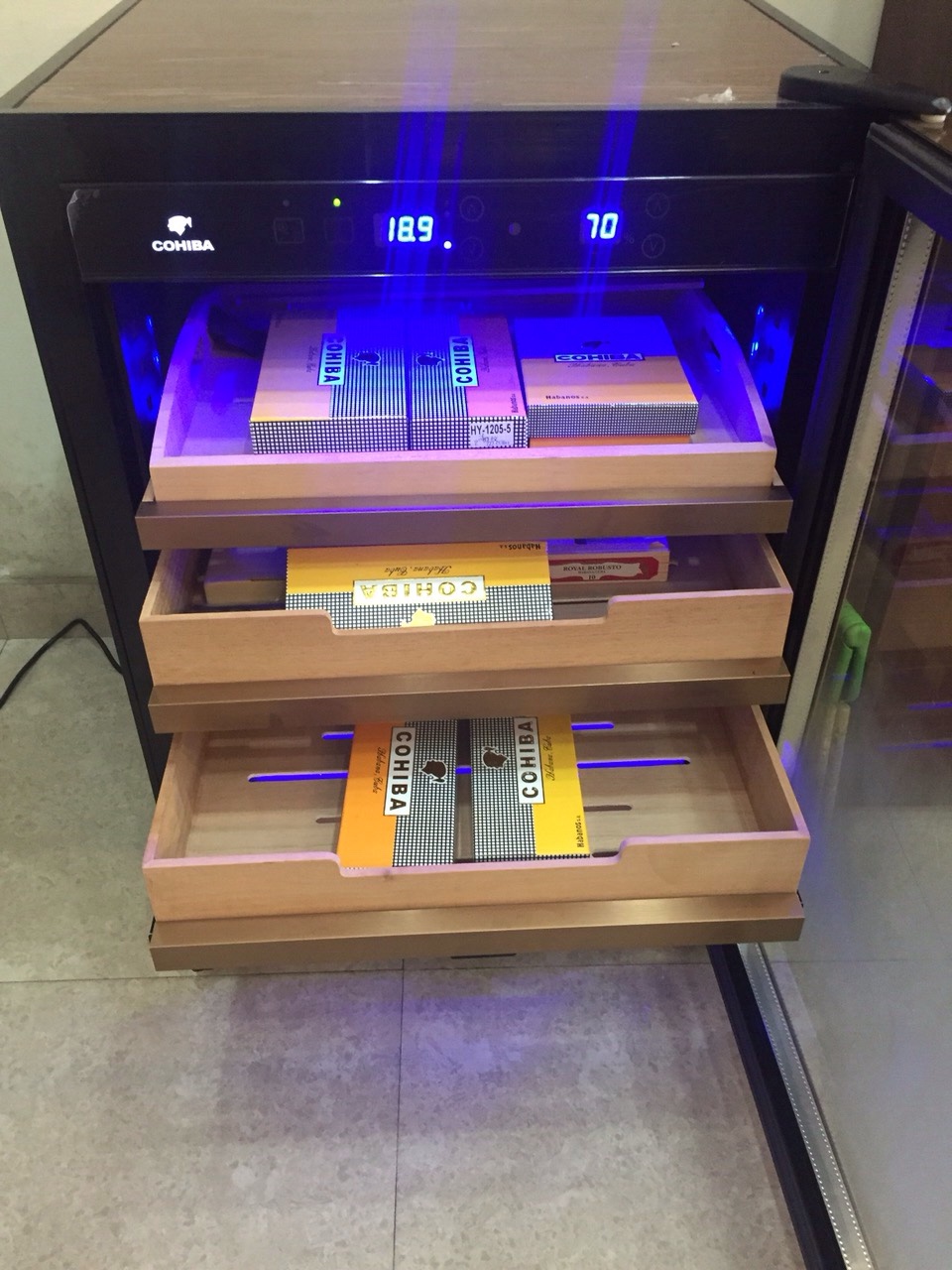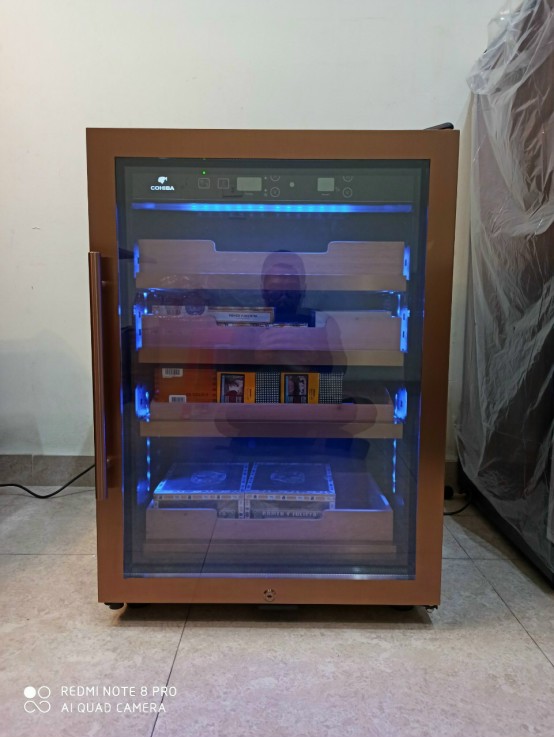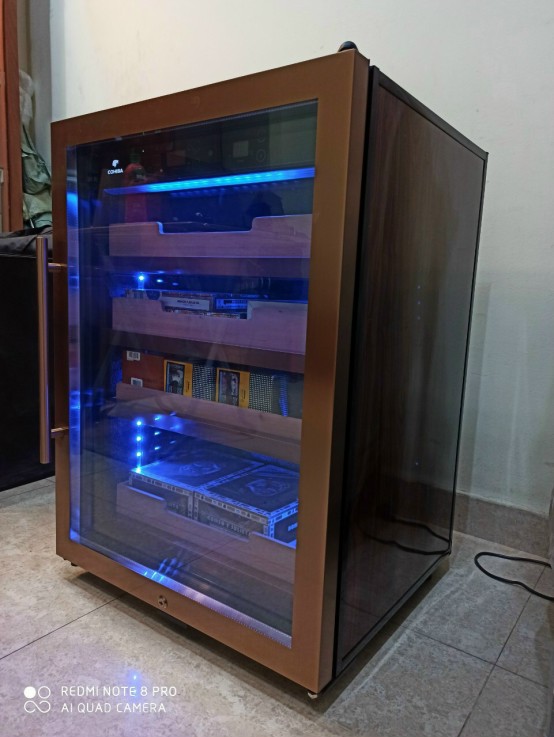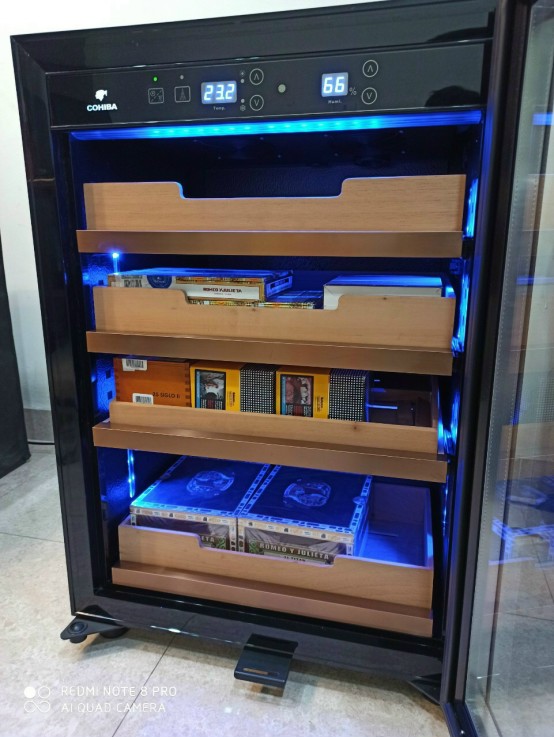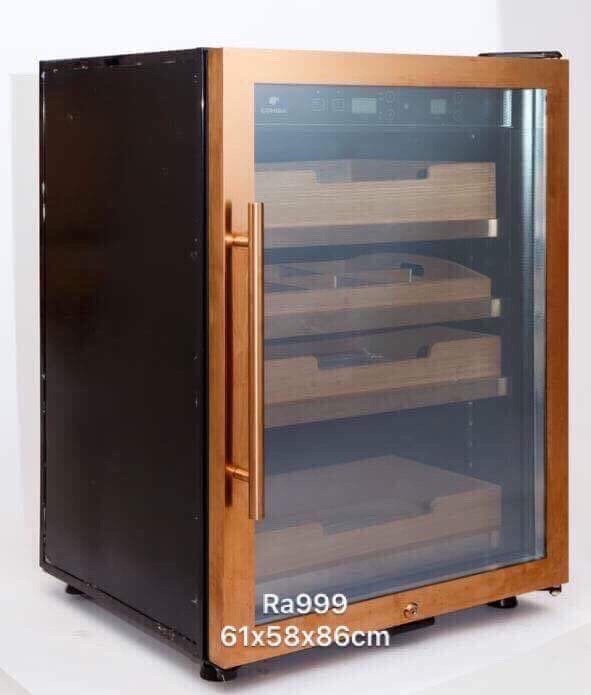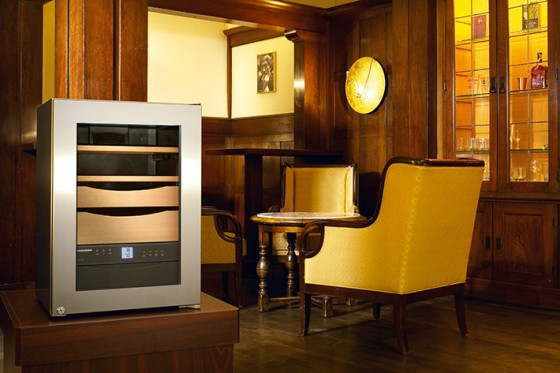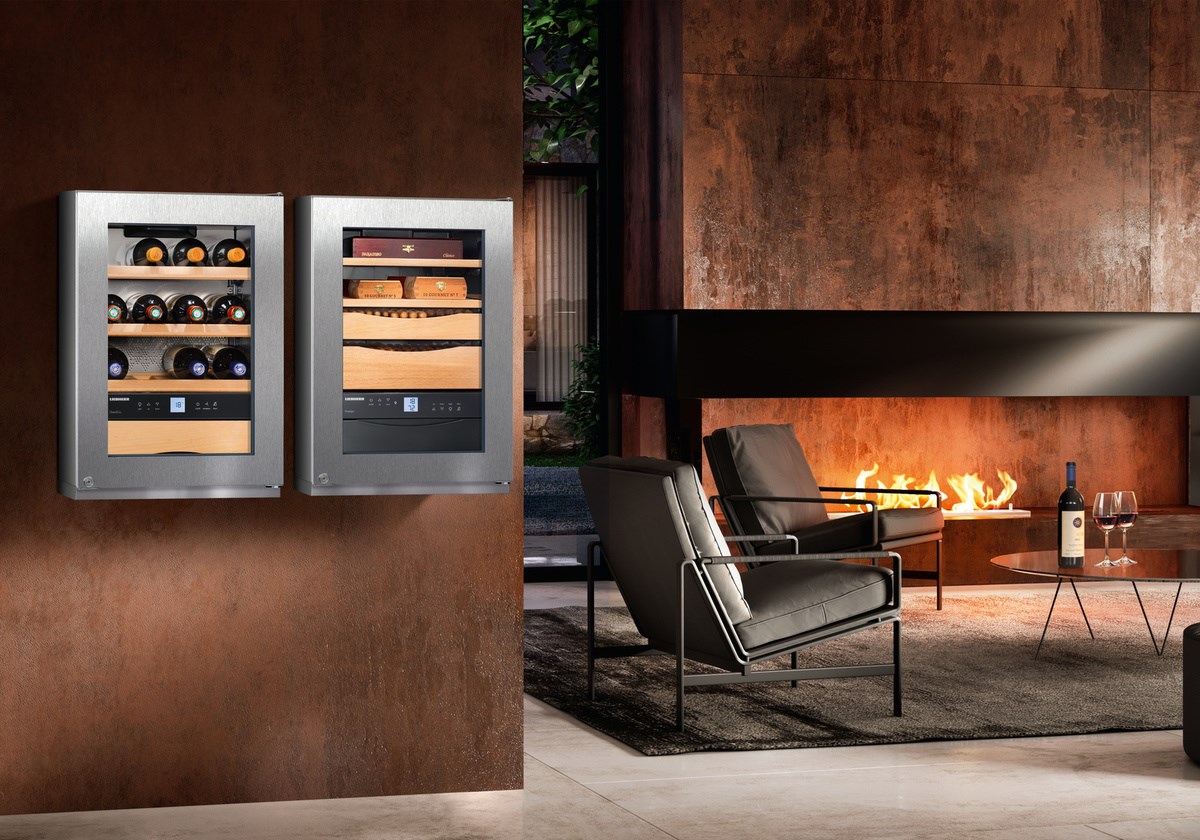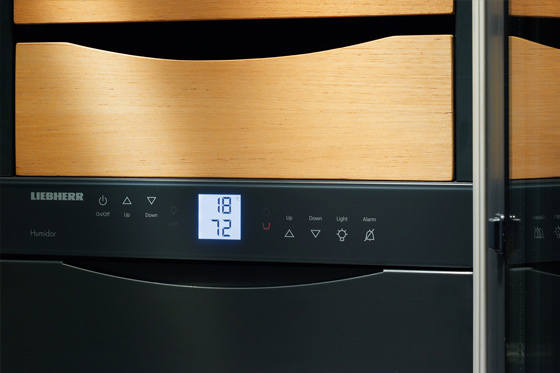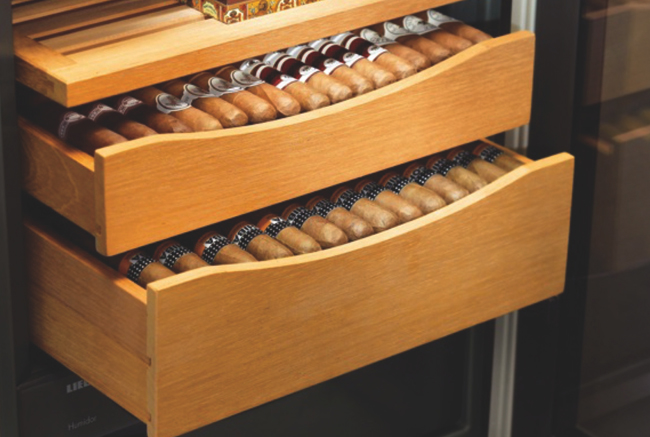When the Food and Drug Administration announced on May 5 that it would begin regulating the premium cigar industry, the organization outlined an extensive list of new requirements that included everything from bigger warning labels to the banning of free samples. Most notable, however, was the FDA’s mandate requiring cigar manufacturers to test the ingredients in their products, especially for something the FDA refers to as “harmful and potentially harmful constituents (HPHC).” According to the new law, the tobacco in each cigar will be subject to laboratory analysis and evaluation, as will the chemical constituents of its smoke.

Compliancy for this mandate only applies to cigars released after the predicate date of February 15, 2007. Cigars on the market before this date will be grandfathered in, and not subject to the same testing and reporting requirements of newer products.
The FDA’s jurisdiction over the premium cigar industry goes into effect this summer, but cigar manufacturers whose products are subject to testing will be given a three-year grace period to streamline and normalize their compliance requirements. This means that although the FDA’s jurisdiction goes into effect on August 8, the FDA will not enforce the reporting requirements for newly deemed products before the end of the three-year period, giving companies a chance to fully understand, adjust to and comply with the new guidelines. The FDA will be issuing guidance to cigar companies over the next three years.
These testing requirements raise two giant concerns for the cigar industry: How will the tests be conducted? And, more importantly, how much will they cost?
The FDA has declined to provide any estimates for laboratory costs on the basis that levels of HPHC in cigars will differ from product to product, but offered this statement in an email response to Cigar Aficionado:
“The costs associated with compliance with these requirements may vary based on the type and complexity of the product. As a result, FDA is not able to provide an individualized estimate of costs that may incur.”
According to estimates by the Cigar Rights of America, these tests will be quite expensive. The CRA estimates that HPHC testing could cost premium manufacturers more than $300 million as an industry, or up to $19.2 million per individual business.
“The FDA failed to properly take the expense of this testing mandate into account as they advanced the rule,” said Glynn Loope, executive director of the CRA. “They will probably require testing for 20 (estimated) HPHC.
To that end, CRA has contacted two independent laboratories to determine a projected cost. As of now, $20,000 per SKU does not seem beyond the realm of reason.”
According to Loope, that $20,000 estimate would only cover testing for a short list, or 20 HPHC. A possible longer list of 93 HPHC could drive the cost to $60,000 per product. Using this metric, a cigar brand that consists of five sizes (or SKUs) could cost the manufacturer $300,000 to test the line, or $60,000 per size.
“Granted, the labs acknowledged this is for products they currently test, and cigars are not within that set, which could, in fact, mean higher projected costs,” added Loope.
The Family Smoking Prevention & Tobacco Control Act, which gives the FDA regulatory authority, is quite clear on its federal testing requirements, which include:
• Testing of tobacco product ingredients, compounds, substances and additives via the purchase of laboratory testing services.
• Reporting of test results to the FDA in regards to ingredients, additives, form of nicotine, delivery of nicotine and nicotine levels (measured in milligrams).
• Submitting any scientific findings to the FDA regarding health effects, toxicological effects or physiological effects of the tobacco products.
• Disclosure of test results to cigar consumers via warning labels, which could indicate nicotine levels, tar levels and anything deemed to be an HPHC constituent.
The testing and reporting requirements are stringent, especially considering how the premium cigar industry has never before been required to subsidize or produce such caches of scientific data. According to the Tobacco Control Act, each individual brand in a cigar company’s portfolio (save for brands that existed before the 2007 predicate date) is required to undergo the evaluation process—paid for by the cigar company. The Tobacco Control Act differentiates each brand by blend—not by brand name or trade dress—as different tobacco blends are likely to have different levels of constituents, as are different sizes of cigars within each brand.
For smaller cigarmakers who might not have the resources to afford mandatory testing, there’s a provision in the Tobacco Control Act to conduct “joint laboratory testing services,” which allows two or more small cigar manufacturers to combine their funds in order to help offset the high cost of testing. A small tobacco product manufacturer is defined by a cigarmaker who employs fewer than 150 workers.
Once testing is completed, cigar manufacturers are required to report all findings on HPHC to the FDA for premarket review. If constituents are identified and reported to the FDA’s satisfaction, the cigars are then required to show prominent warning labels on the packaging, informing the consumer of any ingredients deemed to be harmful or potentially harmful.
“New products are a major component of the cigar industry,” said Andre Farkas of Viaje Cigars, which would be considered a small manufacturer. “The fees associated with receiving approval for a new SKU may be cost prohibitive, especially for a smaller company with less capital and a smaller portfolio. It’s a frightening prospect, but new product may be a thing of the past.”
For more on FDA cigar regulation, see this week’s issue of Cigar Insider.
